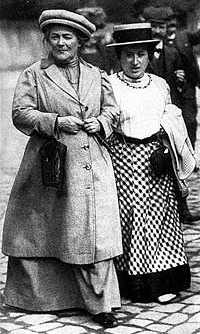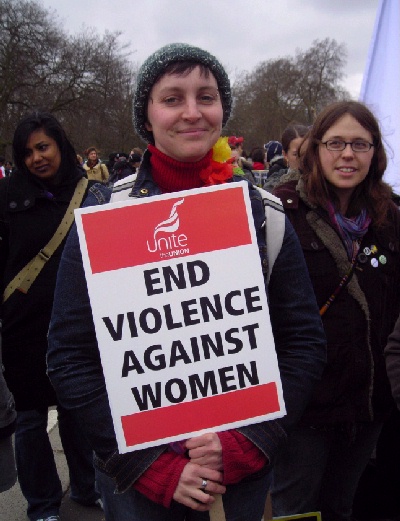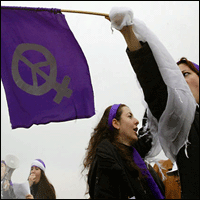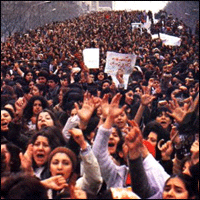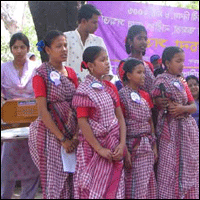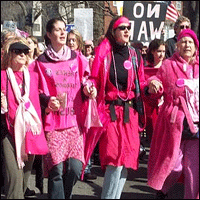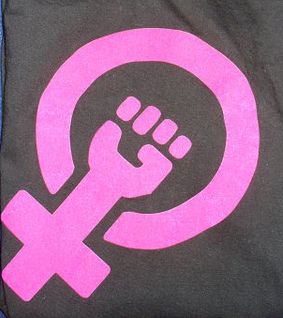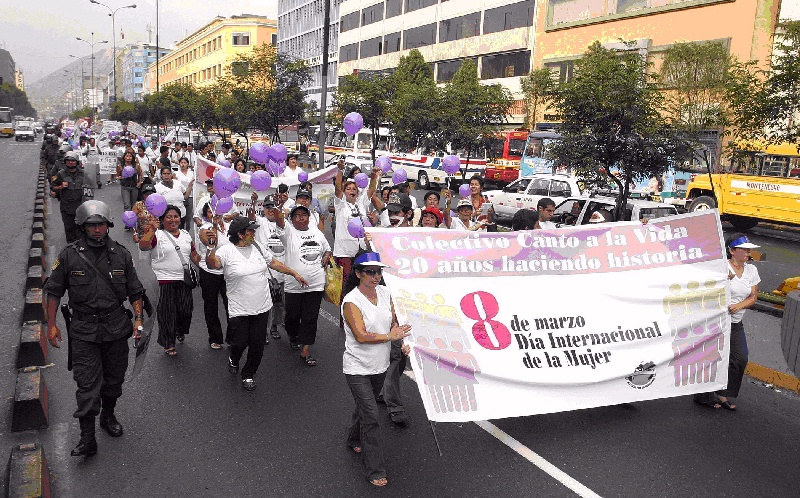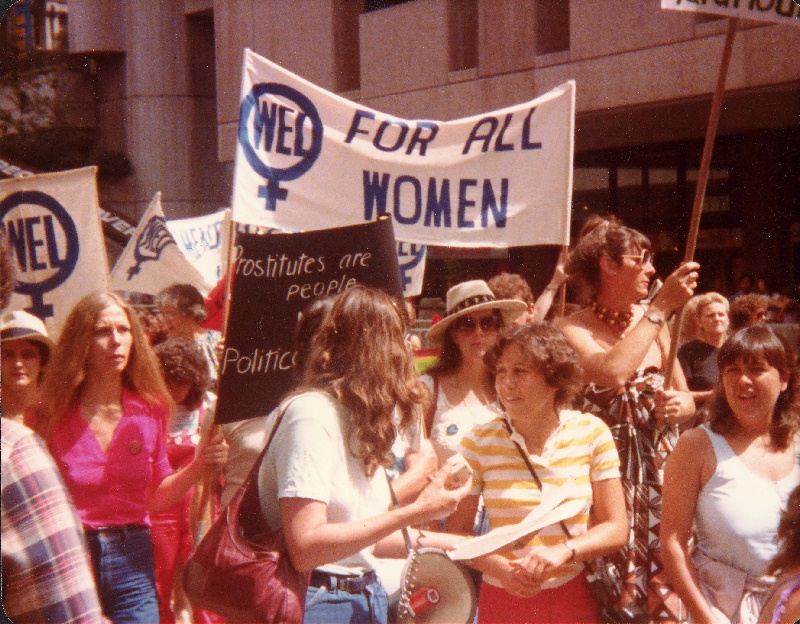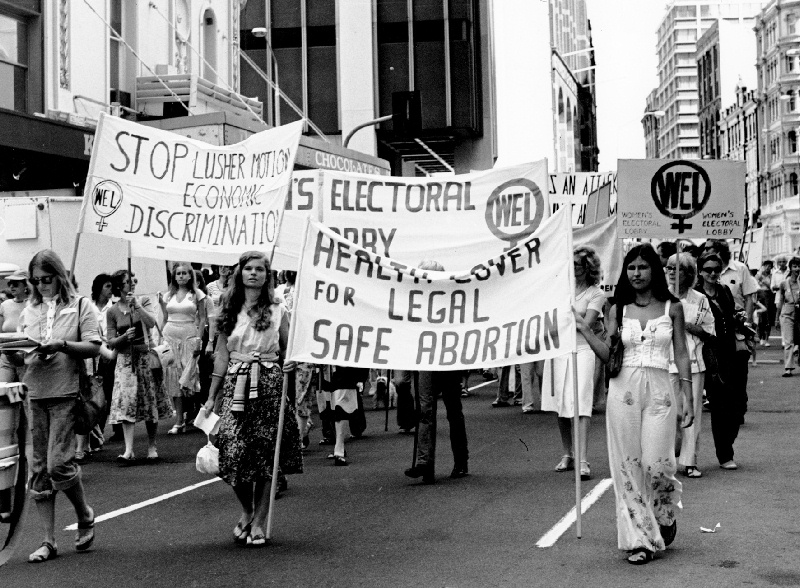 |
||||
|
International Women's Day
The History of International Women's DayInternational Women's Day (March 8th) has been observed and celebrated since in the early 1900's, a time of great expansion and turbulence in the industrialized world that saw booming population growth and the rise of radical ideologies. Women from clothing and textile factories staged a protest on March 8th 1857 in New York City. The garment workers were protesting against very poor working conditions and low wages. The protesters were attacked and dispersed by police. These women later established their first labor union in the same month two years later. In 1908, 15,000 women marched through New York City demanding shorter hours, better pay and voting rights. In accordance with a declaration by the Socialist Party of America, the first National Woman's Day (NWD) was observed across the United States on February 28th 1909. Women continued to celebrate NWD on the last Sunday of February until 1913.
In 1910 a second International Conference of Working Women was held in Copenhagen. A woman named a Clara Zetkin (Leader of the 'Women's Office' for the Social Democratic Party in Germany) tabled the idea of an International Women's Day. She proposed that every year in every country there should be a celebration on the same day - a Women's Day - to press for their demands. The conference of over 100 women from 17 countries, representing unions, socialist parties, working women's clubs, and including the first three women elected to the Finnish parliament, greeted Zetkin's suggestion with unanimous approval and thus International Women's Day was the result. In 1911 (on March 19th) International Women's Day was marked by over a million people in Austria, Denmark, Germany and Switzerland. Less than a week later on March 25th, the tragic 'Triangle Fire' in New York City took the lives of more than 140 working women, most of them immigrants. A lack of safety measures was blamed for the high death toll. This disastrous event drew significant attention to working conditions and labour legislation in the United States that became a focus of subsequent International Women's Day events. 1911 also saw the 'Bread and Roses' campaign, a textile strike in the United States for fair wages and better conditions.
Russian women observed their first International Women's Day on the last Sunday in February 1913. In 1913 following discussions, International Women's Day was transferred to March 8th and this day has remained the global date for International Wommen's Day ever since. In 1914, on the eve of World War I, women across Europe held peace rallies on March 8th 1913. On the last Sunday of February in 1917, Russian women began a strike for "bread and peace" in response to the death over 2 million Russian soldiers in war. On Sunday March 8th (February 23rd on the Julian calendar) Russian women started to strike and four days later the Czar of Russia was forced to abdicate and the provisional government granted women the right to vote. Following the October Revolution, the Bolshevik feminist Alexandra Kollontai persuaded Lenin to make it an official holiday in the Soviet Union, and it was established, but was a working day until 1965. On May 8th 1965 by the decree of the USSR Presidium of the Supreme Soviet International Women's Day was declared as a non working day in the USSR "in commemoration of outstanding merits of the Soviet women in communistic construction, in the defense of their Motherland during the Great Patriotic War, their heroism and selflessness at the front and in rear, and also marking the big contribution of women to strengthening friendship between peoples and struggle for the peace." In Australia in 1928, the first IWD rally in the Domain in Sydney called for equal pay for equal work, basic wages for unemployed and annual holidays on full pay. International Women's Day continued during the 1920s, but dwindled in popularity in western countries, but endured in European countries. IWD was later revived in North America by the rise of feminism in the 1960s.
International Women's Day in Modern Culture
Since its birth in the socialist movement, International Women's Day has grown to become a global day of recognition and celebration across developed and developing countries alike. For decades, IWD has grown from strength to strength annually. For many years the United Nations has held an annual IWD conference to coordinate international efforts for women's rights and participation in social, political and economic processes. Women's organisations and governments around the world have also observed IWD annually on March 8th by holding large-scale events that honour women's advancement and while diligently reminding of the continued vigilance and action required to ensure that women's equality is gained and maintained in all aspects of life. IWD is now an official holiday in Albania, Algeria, Armenia, Azerbaijan, Belarus, Bosnia and Herzegovina, Brazil, Bulgaria, Burkina Faso, Cameroon, Canada, China, Cuba, Georgia, Italy, Israel, Laos, Kazakhstan, Kyrgyzstan, Macedonia, Moldova, Mongolia, Montenegro, Romania, Russia, Serbia, Tajikistan, Turkmenistan, Ukraine, Uzbekistan, Vietnam, and Zambia. The tradition also sees men honouring their mothers, wives, girlfriends, colleagues, etc. with flowers and small gifts. In some countries IWD has the equivalent status of Mother's Day where children give small presents to their mothers and grandmothers.
In Bosnia and Herzegovina, Brazil, Croatia, Hungary, Romania, Moldova, Macedonia, Montenegro, Poland, Bulgaria, Slovenia and Serbia the custom of giving women flowers still prevails. Women sometimes get gifts from their employers too. School children often bring gifts for their female teachers as well. Since the 1960s there has been significant change and attitude shift in society's thoughts about women's equality and emancipation. Many from a younger generation feel that 'all the battles have been won for women' while many feminists from the 1970's know only too well the longevity and ingrained complexity of patriarchy. With more women in the boardroom, greater equality in legislative rights, and an increased critical mass of women's visibility as impressive role models in every aspect of life, one could think that women have gained true equality. The unfortunate fact is that women are still not paid equally to that of their male counterparts, women still are not present in equal numbers in business or politics, and globally women's education, health and the violence against them is still worse than that of men.
In 1975, which had been designated as International Women’s Year, the United Nations gave official sanction to and began sponsoring International Women's Day. In Romania and several other countries IWD is the equivalent of Mother's Day, where children also give small presents to their mothers and grandmothers. In 1982, IWD was marked in Iran when women discarded their veils and marched through the streets, sparking controversy. Annually on March 8th (some countries or cities also celebrate on March 7th), thousands of events are held throughout the world to inspire women and celebrate achievements. A global web of rich and diverse local activity connects women from all around the world ranging from political rallies, business conferences, government activities and networking events to promote the work of local women.
After the collapse of the Soviet Union in 1989, Armenia stopped celebrating IWD. Instead April 7th was introduced as state holiday of ‘Beauty and Motherhood.’ However, people in Armenia still kept celebrating IWD on March 8th as well. Public discussion held on the topic of two ‘Women’s Days’ in Armenia resulted in the recognition of the so called ‘Women’s Month’ which is the period between March 8th and April 7th. In Italy men celebrate the day by giving yellow mimosas to women. Yellow mimosas and chocolate are also a commmon IWD gifts on March 8th in Russia. Some groups of women in Europe also celebrate "women-only" dinner parties and events.
Many global corporations have also started to more actively support IWD by running their own internal events and through supporting external ones. For example, on 8 March search engine and media giant Google some years even changes its logo on its global search pages. Year on year IWD is certainly increasing in status. The United States even designates the whole month of March as 'Women's History Month'. In 2005 at the Conference of the British Trades Union Congress overwhelmingly approved a resolution calling for IWD to be designated a public holiday in the United Kingdom. Britain has yet to approve the idea. On March 4th 2007 International Women's Day encountered violence in Tehran, Iran, when police beat hundreds of men and women who were planning a IWD rally. Police arrested dozens of women and some were released after several days of solitary confinement, interrogation and torture. Activists Shadi Sadr and Mahbubeh Abbasgholizadeh were released on March 19th 2007, after a fifteen day hunger strike.
On March 8th 2009 the International Committee of the Red Cross (ICRC) warned that the specific health-care needs of women are often ignored or insufficiently taken into account in war zones, trying to draw attention to women's health issues. In war zones, women are 300 times more likely to die in childbirth or from pregnancy-related complications than in developed countries, according to UNICEF. Wars also put women at particular risk of rape and other forms of sexual violence. So make a difference, think globally and act locally !! Make everyday International Women's Day. Do your bit to ensure that the future for girls is bright, equal, safe and rewarding. The International Women's Day website provides a free service to women around the world wanting to share and promote their IWD activity, videos, opinions and ideas. Please feel free to submit gender-related items for the site that you consider relevant and useful.
|
|
|||
|
|
||||
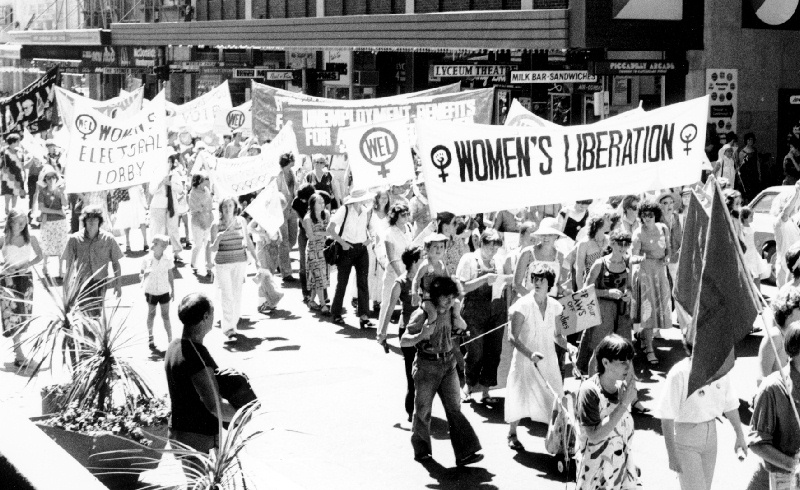
|
||||
 |
|
 |
||
